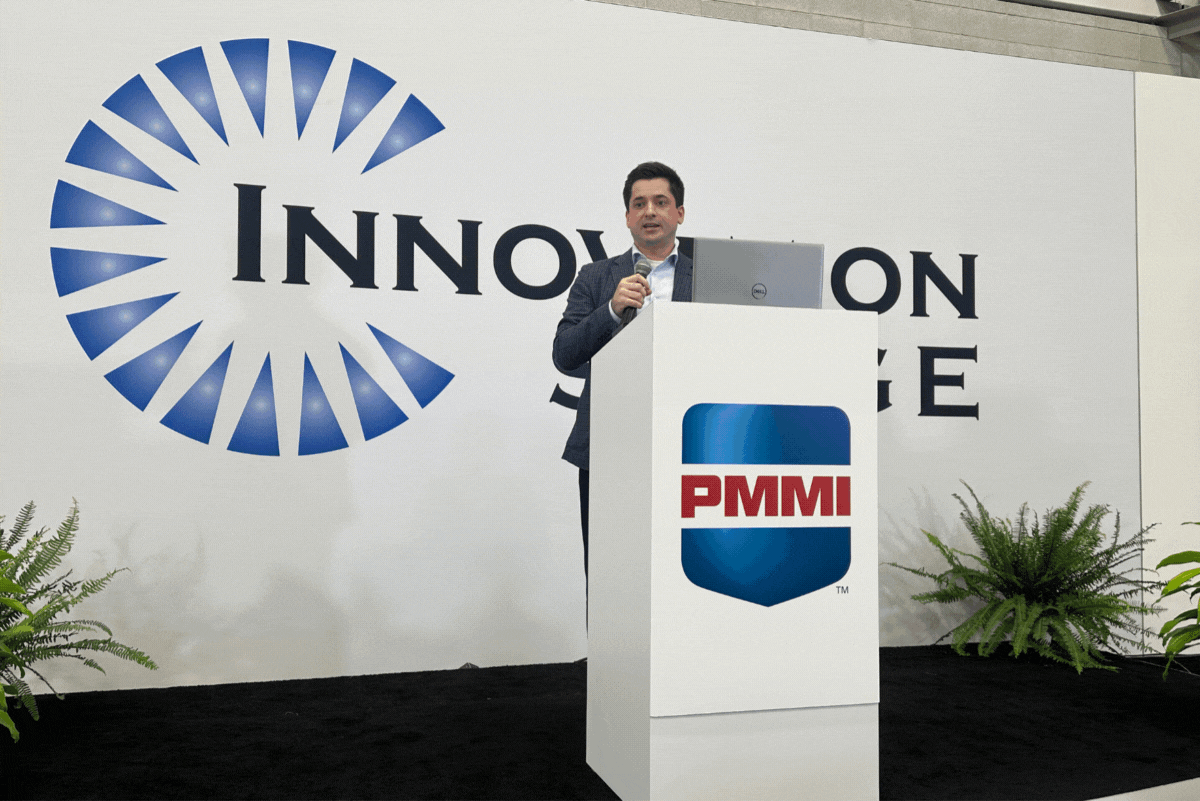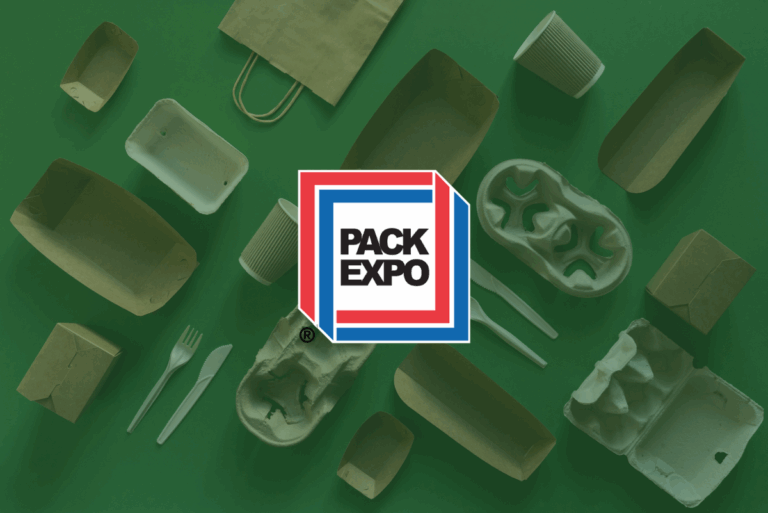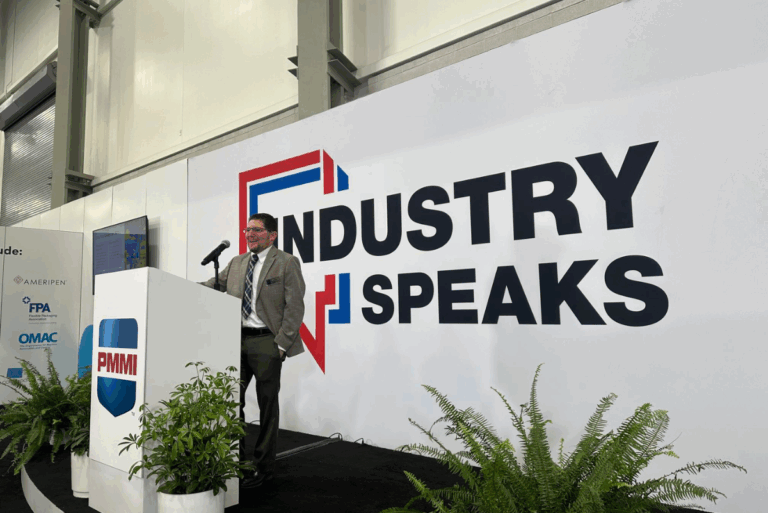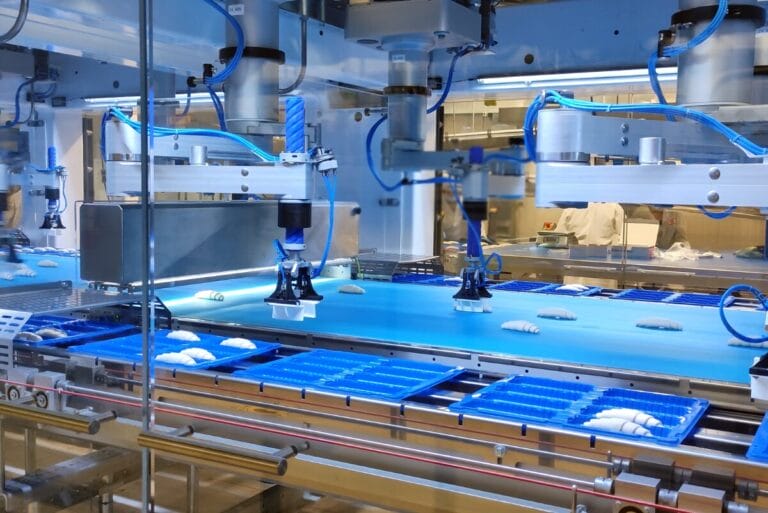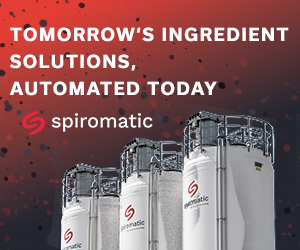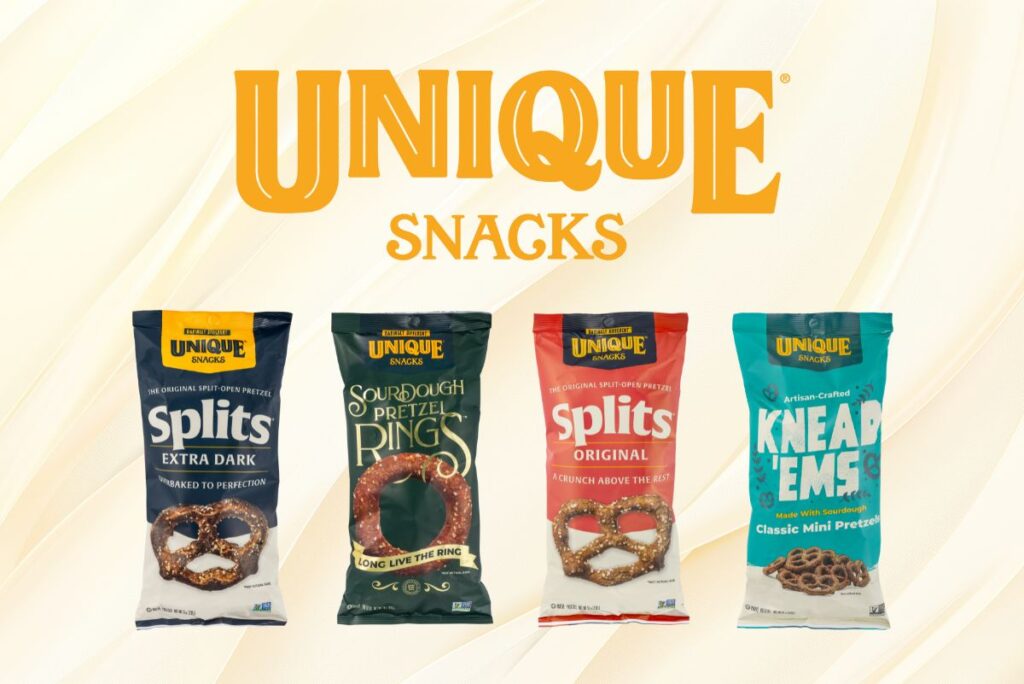LAS VEGAS — Automation is a solution for a plethora of manufacturing woes. Not only is it a remedy for labor shortages — an ever-present challenge in today’s climate — it’s also a solution when manufacturers seek to stretch their operational capabilities.
OEMs are transforming formerly manual, labor-intensive lines into smart, fully integrated systems. Harpak-ULMA Packaging’s Spencer Thomas, applications engineer, and Joshua Allen, marketing director, delivered insights into this transformation in their session, Designed for Production: Real-World Automation for a New Manufacturing Reality at Pack Expo 2025, held Sept. 29-Oct. 1 in Las Vegas.

